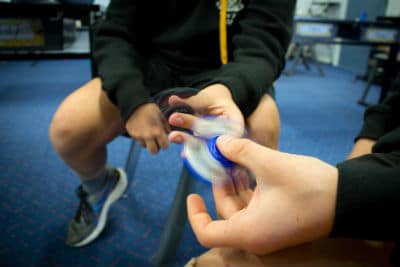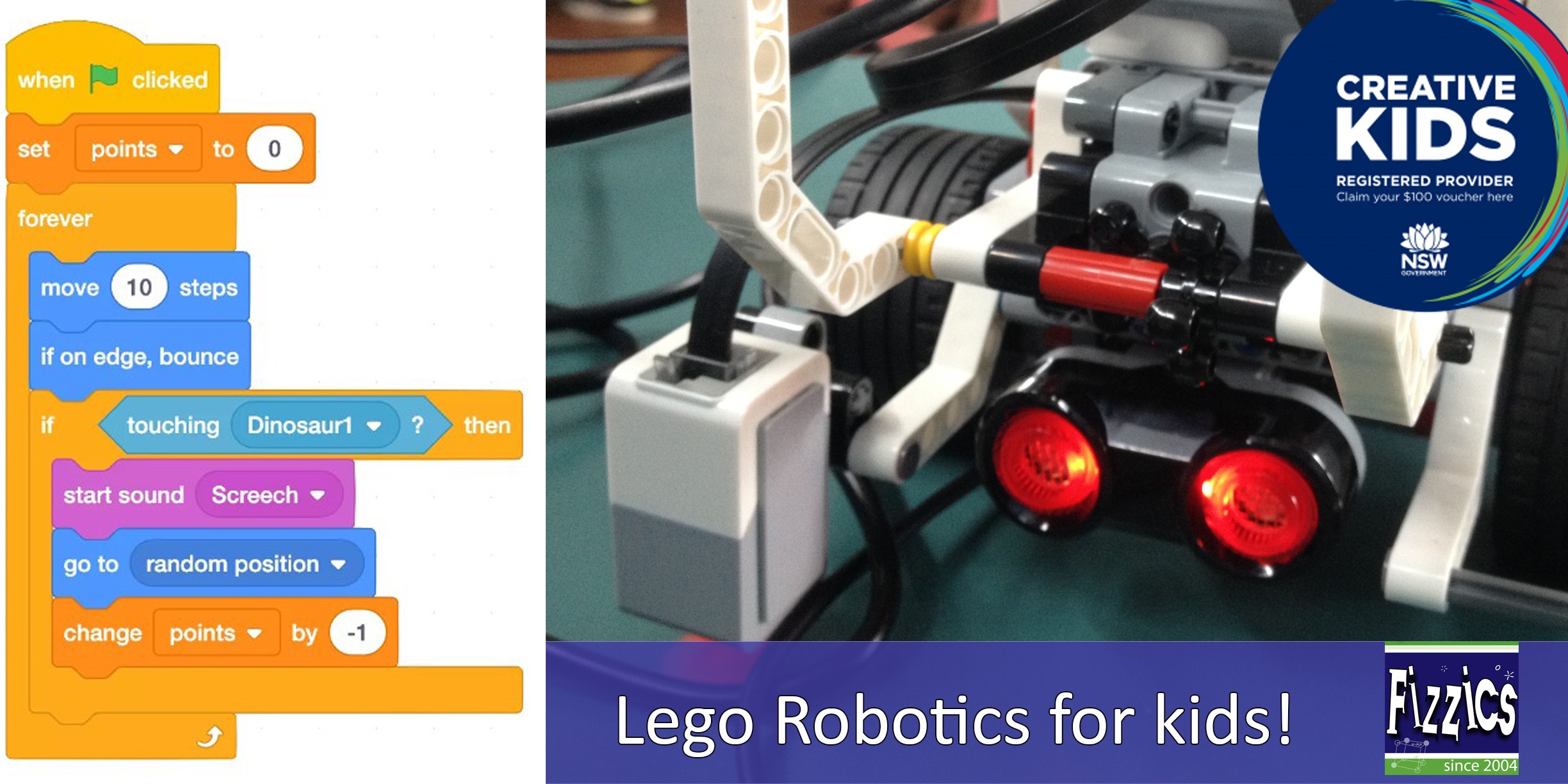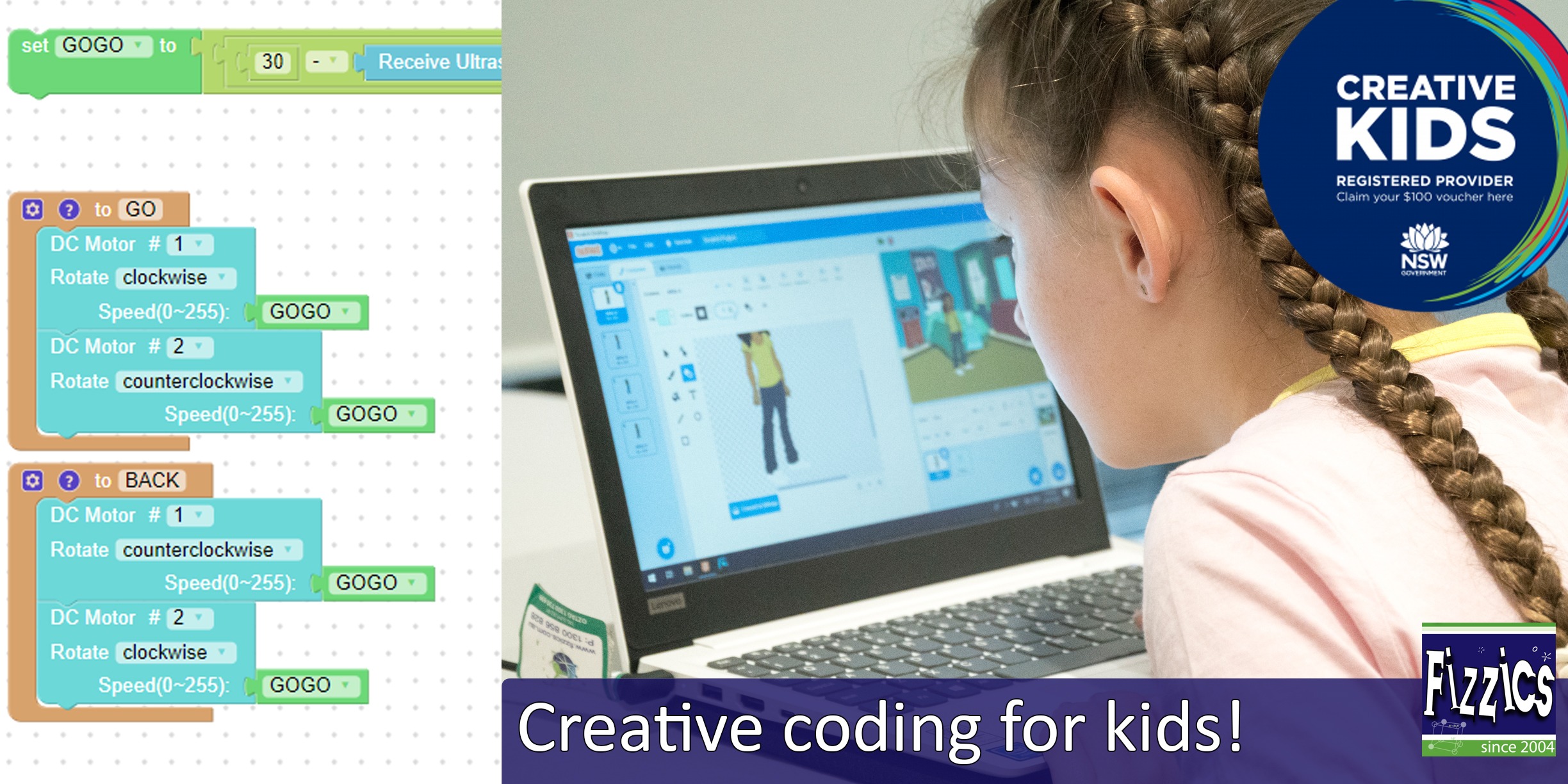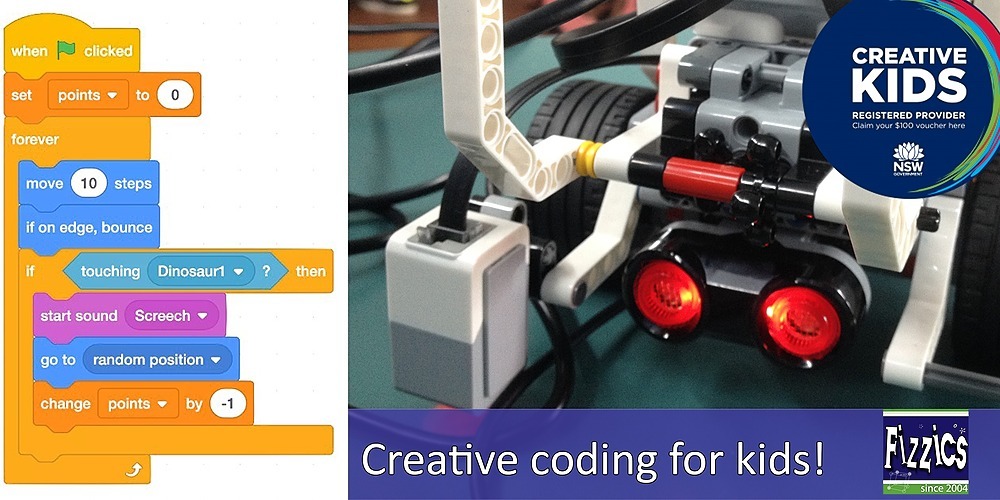Sometimes it takes a just little toy to get kids excited about physics. During a segment on ball bearings, I could see the children beginning to get distracted as recess approached.
“Hmm, I wonder what else has tiny metal balls in it, that helps it move or even spin around. Really really fast. And for ages and ages…..”
At every pause, more faces lit up. Hands shot into the air, shaking with excitement. Each student desperately trying to shout out the answer. Never have I seen so many school children so eager to contribute and participate in a discussion about reducing friction in order to optimise movement.

Photo by Catherine Heuzenroeder for ABC Riverland
The fidget spinner is the latest fad toy to have over the past few months. It is marketed as a tool to help kids concentrate by using them as a stress-relieving mechanism. Some teachers find them overwhelmingly distracting for their class, others are not bothered by them and even use one themselves. Regardless of your stance on the fidget spinner, we have some great teaching tips for the next time you see one appear during your science lesson!
What is it made of?
Fidget spinners can come in a variety of shapes and colours. They can have 2, 3 or more prongs, and usually made of plastic or metal. You can also make your own! Why not make one out of candy so it’s also edible! But they mostly have one thing in common: a bearing in the centre. Here’s a tutorial for making a fidget spinner out of the super awesome element gallium, which is a metal that melts at body temperature and therefore easy to mold:
How does it work?
The bearing in the centre of the spinner is composed of an inner and an outer “race”, which are like tracks for tiny little metal balls between them to move around. The prongs or bits that stick out are connected to the outer race. When you put torque (a twisting force) on them, the outer race starts to rotate and the metal balls are able to reduce friction, allowing the spinning motion to continue much longer than usual.

We’ve seen it balanced on a pen, a finger, on your face or even a pet!
If you have the skills to keep the fidget spinner rotating in the same plane, then you can balance it on just about anything! What keeps it balanced as it’s spinning is conservation of angular momentum. When something is spinning, it will continue to do so until an external force or torque is acted upon it. Friction is one of those forces, which is why minimising it with ball bearings help the spinner spin for longer. Tilting the spinner or changing the plane at which it is spinning means you are applying external torque, so the spinner loses some of its “spinning energy” and will feel like it is struggling between your fingers. Wobbling has the same effect on a spinner. For a DIY fidget spinner it’s best to avoid this by having all the prongs or outer parts of the spinner well-balanced so that the centre of gravity is in the middle.
Other cool ideas
- Fidget spinners and magnets. What a combo! Check out this video for new tricks and new ways to explore the non-contacting forces of magnetism!
- Take it a step further and turn the spinner-magnet duo into a lesson in electromagnetism by adding a coil! Power LEDs for a spinning light show, or even charge your mobile phone on the go!
- Since it’s already spinning, this guy had the great idea of turning the fidget spinner into a zoetrope! Investigate how our eyes and brain work together to turn images into animation, and even let your students design their own. Here are all the instructions on how to make one if you are into 3D modelling.
Happy teaching,

Learn more about ‘Forces, Friction and Movement’ with the Fizzics team!
NEW Primary science teaching book!
“Be Amazing! How to teach science, the way primary kids love”



























Comments